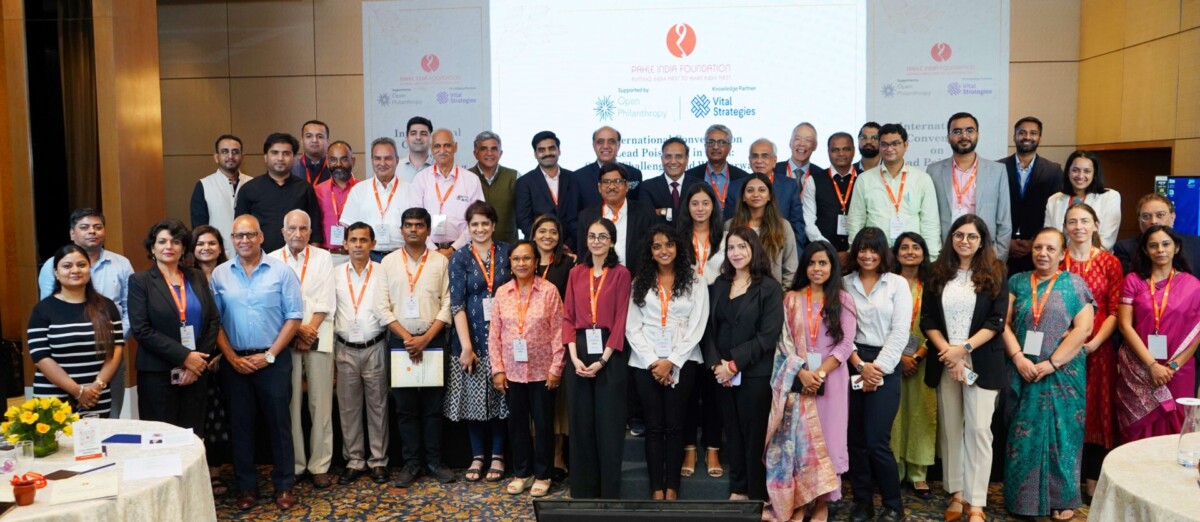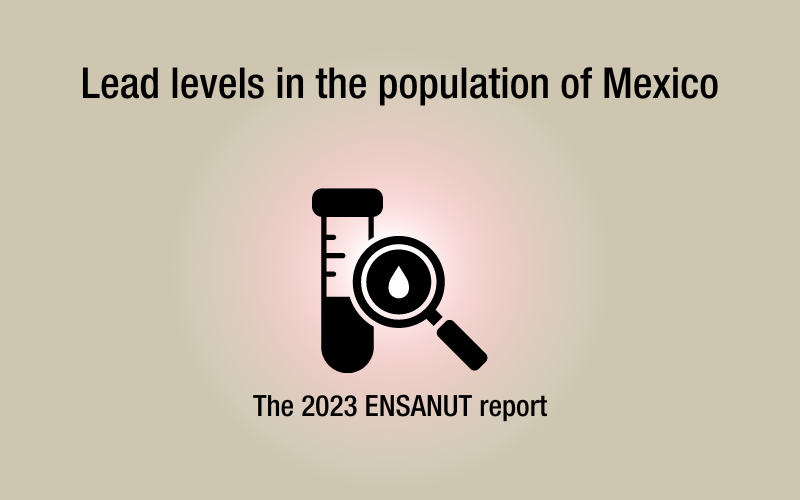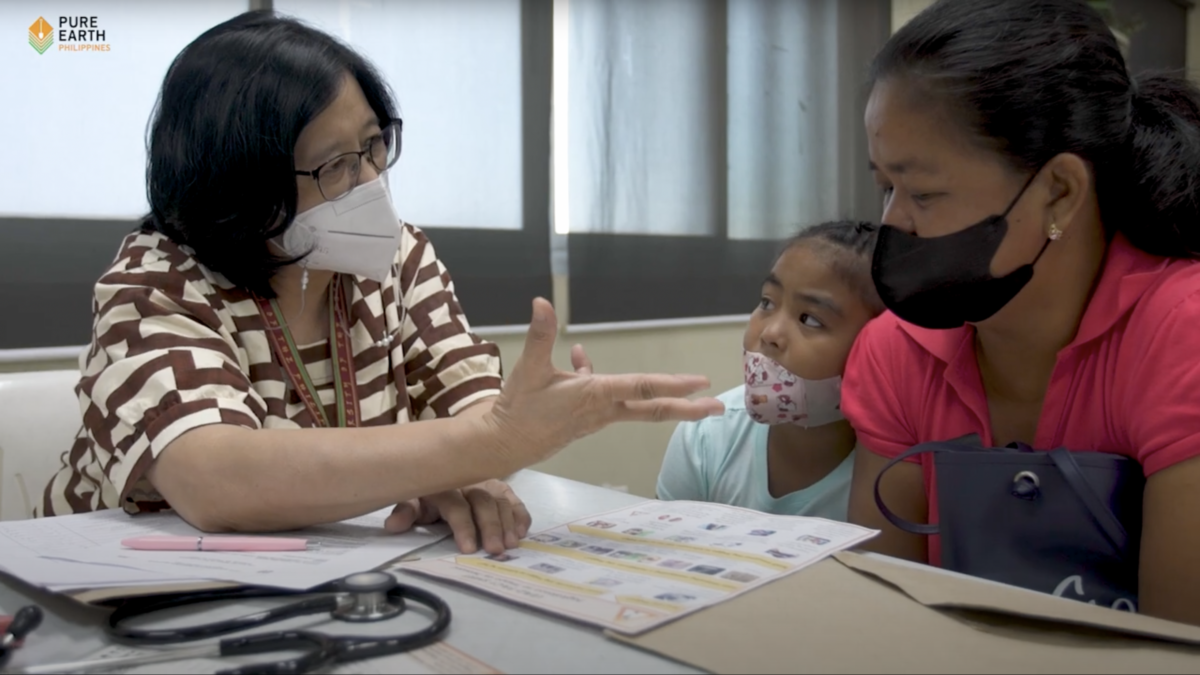New Report Highlights Top Ten Countries Fighting Back Against the Stealth Global Killer – Toxic Pollution —Which Kills One in Seven People Worldwide
Report Released by: Blacksmith Institute For A Pure Earth, Global Alliance on Health and Pollution and Green Cross Switzerland
January 27, 2015, New York, NY — Diseases like Ebola, HIV and Malaria capture headlines while pollution steadily kills nearly 9 million people every year and cripples the health of 200 million more. Children suffer the worst impacts. Extreme pollution also chokes development and drains billions from fragile economies. But this is one global problem we know how to solve.
This year’s report, Top Ten Countries Turning the Corner on Toxic Pollution- 2014, tells the remarkable stories of 10 successful cleanup projects that are saving lives, improving community health and restoring the environment. From Vietnam to Kyrgyzstan to Senegal, the success of these projects was the result of unique partnerships and creative solutions like replacing deadly backyard lead battery recycling with hydroponic gardens.
“Regardless of the obstacles and lack of resources, something can always be done to begin to turn the corner and improve the most polluted environments,” says Richard Fuller, President of Blacksmith Institute for a Pure Earth. “Each one of these projects provides on-the-ground proof of how truly solvable toxic pollution problems are, and these Top Ten Countries are leading the way.”
Air, water and soil pollution are the hidden global health crisis that’s spreading throughout low- and middle-income countries fueled by industrialization and rapid globalization. Bodies and brains are damaged by exposure to lead, mercury, chromium, obsolete pesticides and a host of other chemicals at thousands of toxic sites. In some of the world’s worst polluted places, life expectancy can be as low as 45 years.
Equally unrecognized is the tremendous economic impact: billions of dollars are lost to soaring health costs and lost productivity. Air pollution alone cost China a staggering $924 billion in 2013, as this new report reveals.
Progress Despite an Immense Resource Gap
The Global Alliance on Health and Pollution (GAHP) joins the publication this year and brings a deep understanding of the pollution problem. “94% of the burden of disease caused by pollution falls on people in low- and middle-income countries who are the least equipped to deal with the problem,” explains Dr. Jack Caravanos, Research Director, Blacksmith Institute for a Pure Earth (See infographic “Pollution: The Silent Killer of Millions in Poor Countries”).
“These countries have to tackle many urgent priorities and are only able to allot 1 to 2% of their national annual budget, or less into environment and health,” says David Hanrahan, Senior Technical Advisor to GAHP. In poorer countries, this results in annual expenditures of perhaps a few hundred thousand dollars, which often has to cover the full range of activities.
Compare this to the Netherlands expenditure of 930 million dollars (791 million euros) on air pollution alone in 2012 — and the United Kingdom investing 22.5 billion dollars on environmental protection in 2010 according to the OECD. This spending disparity in no way reflects the actual need. A low-income country may have thousands of toxic sites as bad or worse than anything high-income countries once had in the 1950s or 1960s, but which now have been turned into productive assets.
“But as recent projects in Vietnam, Uruguay and Indonesia prove,” says Fuller, “removing the threat of chronic exposure to high-levels of toxic pollutants, can be achieved, in a matter of months for a cost of $10 to $20 per person. Rapid assessment and remediation processes have been proven. All that is needed to scale up in many locations is additional funding.” (See details in report www.worstpolluted.org)
Cleaning Up Pollution Helps the Climate Crisis and Protects Biodiversity
“Pollution, climate change and biodiversity threats are intimately related,” says Nathalie Gysi, Director, Green Cross Switzerland. “Reducing and cleaning up pollution from toxic sites not only improves the health of people, it improves the health of natural ecosystems upon which we all depend.” Any efforts to reduce air pollution have a direct co-benefit of reducing emissions of carbon dioxide, the principle greenhouse gas.
Top Ten Countries Turning the Corner on Toxic Pollution – 2014
(Not ranked, listed by region)
- Ghana, Agbogbloshie – Dangerous burning of electronic waste replaced by mechanized recycling
- Senegal, Thiaroye Sur Mer – Replacing deadly lead battery recycling with hydroponic gardens
- Peru – New Soil Pollution Laws and Remediation Timelines
- Uruguay, Montevideo – Reclaiming neighborhoods by cleaning up electronic waste toxic hot spots
- Mexico, Mexico City – Contaminated oil refinery turned into urban park with a million visitors a year
- Indonesia, Cinangka – Soccer field used as an old lead-battery dump now safe for children
- Philippines, Marilao, Meycauayan and Obando River System – Cleaning up with zeolite and probiotic filtering systems
- Vietnam, Dong Mai – $20 per person ends dangerous lead poisoning of an entire village
- Former Soviet Union – Hunting down thousands of tons of old but still toxic pesticides
- Kyrgyzstan, Mailuu-Suu – Filters improve safety of water contaminated by radionuclides, while children take on an education campaign
- Honorable Mentions go to China, India and Madagascar
* Download the full report, photos, project fact sheets and infographics at www.worstpolluted.org
Images also available at Flickr
Contact
angela@blacksmithinstitute.org, mag@blacksmithinstitute.org +1 212 647 8330
nathalie.gysi@greencross.ch , +41 (0) 43 499 13 10
Interviews provided upon request.
About Blacksmith Institute for a Pure Earth – www.pureearth.org
Our mission is to identify and clean up the poorest communities throughout the developing world where high concentrations of toxins have devastating health effects. Blacksmith Institute for a Pure Earth devises clean-up strategies, empowers local champions and secures support from national and international partnerships. Interventions to mitigate these toxic exposures while protecting livelihoods have proven to be manageable, cost-effective, and eminently do-able. By partnering with and empowering local champions we clean up chemical and waste legacy toxic hotspots, prevent re-contamination and guard against future pollution.
About the Global Alliance on Health and Pollution (GAHP) www.gahp.net
GAHP is a collaborative body that facilitates the provision of technical and financial resources to governments and communities to reduce the impacts of pollution on health in low- and middle-income countries. The Alliance
- advocates for solutions that address pollution broadly – indoor and outdoor air, wastewater, and contaminated soils and water;
- initiates activities that reduce adverse health impacts caused by contaminated sites;
- works to help actively polluting small-scale industries and activities move to cleaner production practices;
- measures project performance based on health and economic outcomes.
About Green Cross Switzerland – www.greencross.ch
Green Cross Switzerland facilitates overcoming consequential damages caused by industrial and military disasters and the cleanup of contaminated sites from the period of the Cold War. Central issues are the improvement of the living quality of people affected by chemical, radioactive and other types of contamination, as well as the promotion of a sustainable development in the spirit of cooperation instead of confrontation. This includes the involvement of all stakeholder groups affected by a problem.





